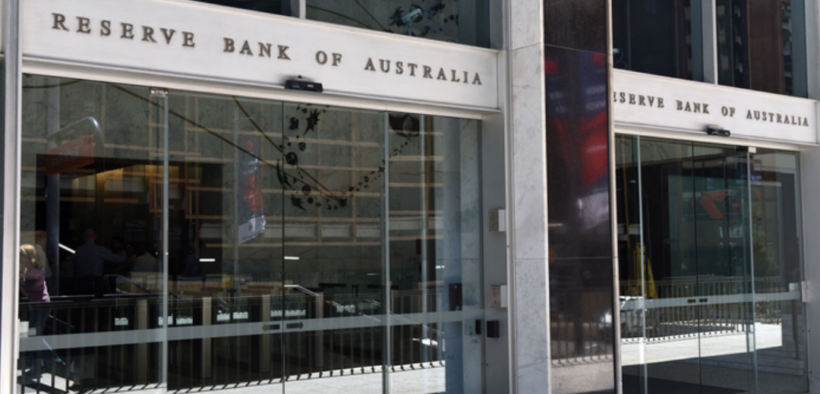All eyes on 2022’s final cash rate announcement
Share

Final cash rate announcement for 2022 is coming up at the Reserve Bank, and another increase is widely anticipated.
Another 25-basis point increase will take the rate to 3.1 per cent and cause more pain for mortgage holders with variable loans.
The central bank board will convene to make its decision for December on Tuesday.
A Finder survey of 40 experts and economists found almost 90 per cent expect a 0.25 percentage point lift but opinions vary on the bank’s monetary policy trajectory in the new year.
HSBC chief economist Paul Bloxham said the last month revealed a job market that was still too tight and inflation that was still too high, despite the national statistics bureau’s monthly inflation gauge easing slightly.
He said this was enough to deliver one more hike for the year but suspects it could be the last one, with rate hikes already weighing on the property market and probably spending, as retail figures reveal sig ns of a consumer slowdown.
Scant evidence of a wage-price spiral should also support the case for a pause in February when the board will meet next.
“Our expectation is that local growth will slow further over coming months, pressure in the jobs market will start to ease, the global growth backdrop will worsen, and global disinflation will become clearer,” Mr Bloxham said
Other experts are more confident about further rate rises early next year.
Read also: Retail Learning Channel » Council recommends six-point energy plan
Growth figures will also dominate the economic calendar, with the Australian Bureau of Statistics due to issue the national accounts.
The June quarter saw the economy expand by 0.9 per cent over the three months and up 3.6 per cent on the year.
Moderate growth is expected for the quarter, with ANZ economists expecting a quarterly lift of 0.7 per cent.
But a significant jump in year-on-year growth – potentially more than six per cent – is anticipated after lockdowns in the bigger states delivered a v ery weak September quarter in 2021.
To start the week, the ABS will release business indicators data and the Melbourne Institute its inflation gauge.
On Tuesday, the ABS will drop key inputs into the economic growth calculation – government finance and trade data.
The bureau will also release its household spending indicator and the value of dwellings print.
The data-heavy day will also feature consumer behaviour surveys, including ANZ and Roy Morgan’s weekly consumer confidence survey, and NAB’s business survey.
Come Thursday, the ABS will release international trade data and RBA assistant governor Bradley Jones will deliver a speech about a central bank digital currency.
Meanwhile the S&P 500 closed slightly lower on Wall Street on Friday, although major indices rallied off their worst levels of the day, as a key payrolls report fuelled expectations the Federal Reserve would maintain its path of interest rate hikes.
The Labor Department jobs data showed non-farm payrolls rose b y 263,000, above expectations of 200,000, and wage growth accelerated even as US recession concerns increase.
The Dow Jones Industrial Average rose 34.87 points, or 0.1 per cent, to 34,429.88, the S&P lost 4.87 points, or 0.12 per cent, to 4,071.7 and the Nasdaq Composite dropped 20.95 points, or 0.18 per cent, to 11,461.50.
Australian futures rose 19 points, or 0.26 per cent, to 13,085.
The benchmark S&P/ASX200 index closed on Friday down 52.9 points, or 0.72 per cent, to 7301.5, having risen 70.2 points, or 0.96 per cent the day before.
For the week the index finished up 42 points, 0.58 per cent, its fifth week of gains out of the past six weeks.











Follow us on social media